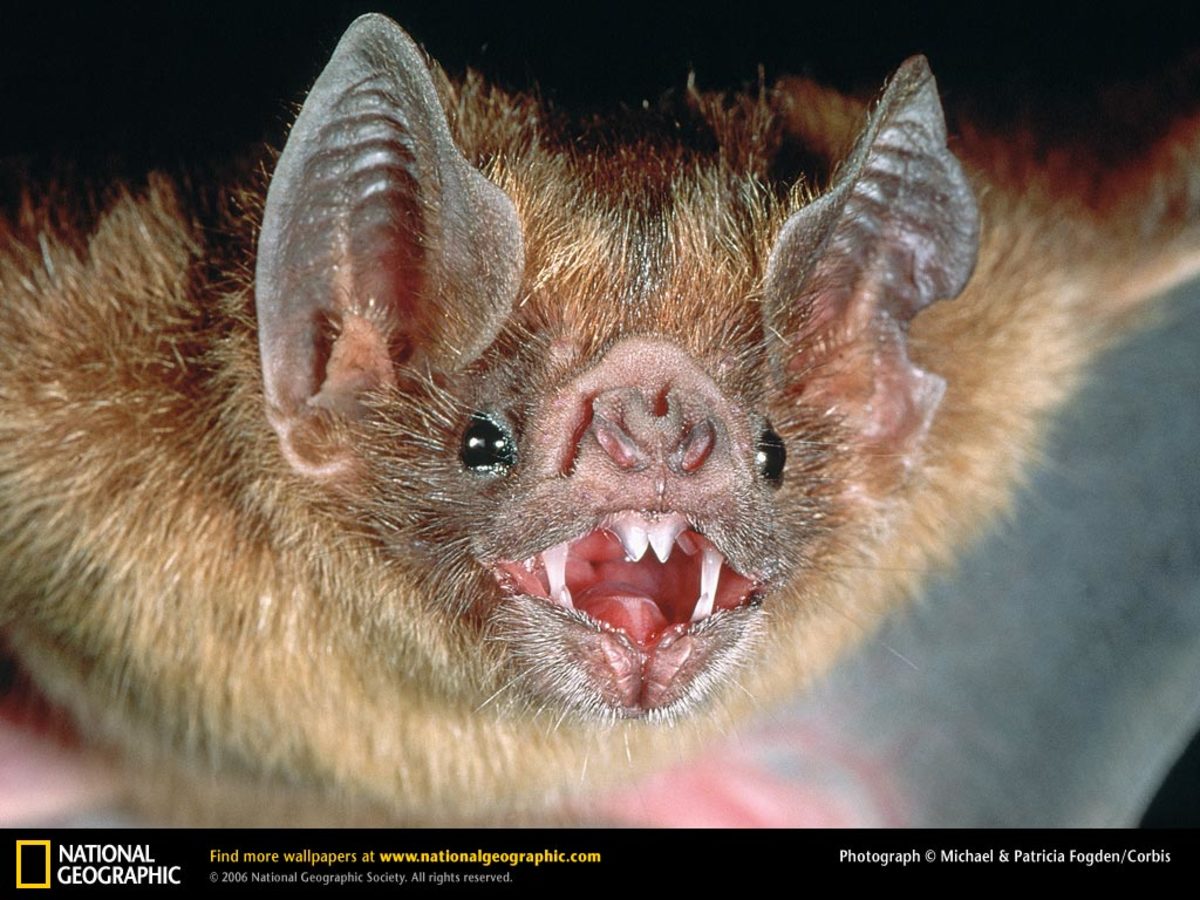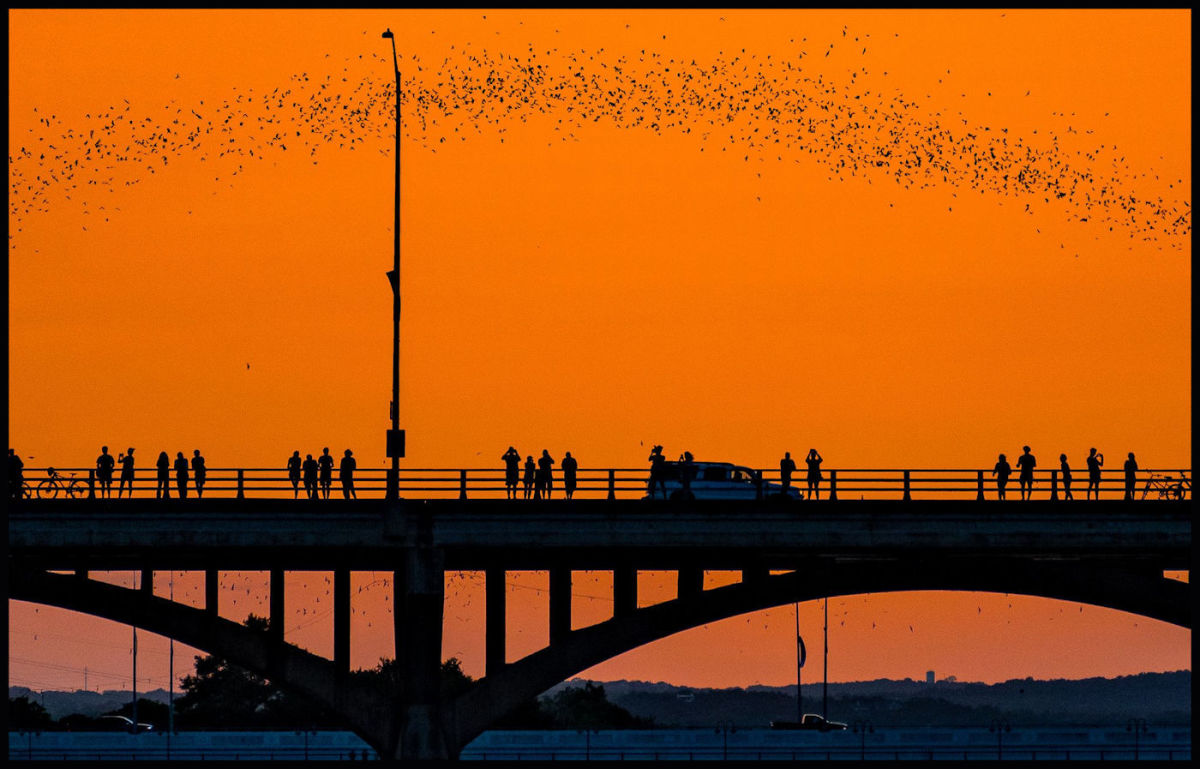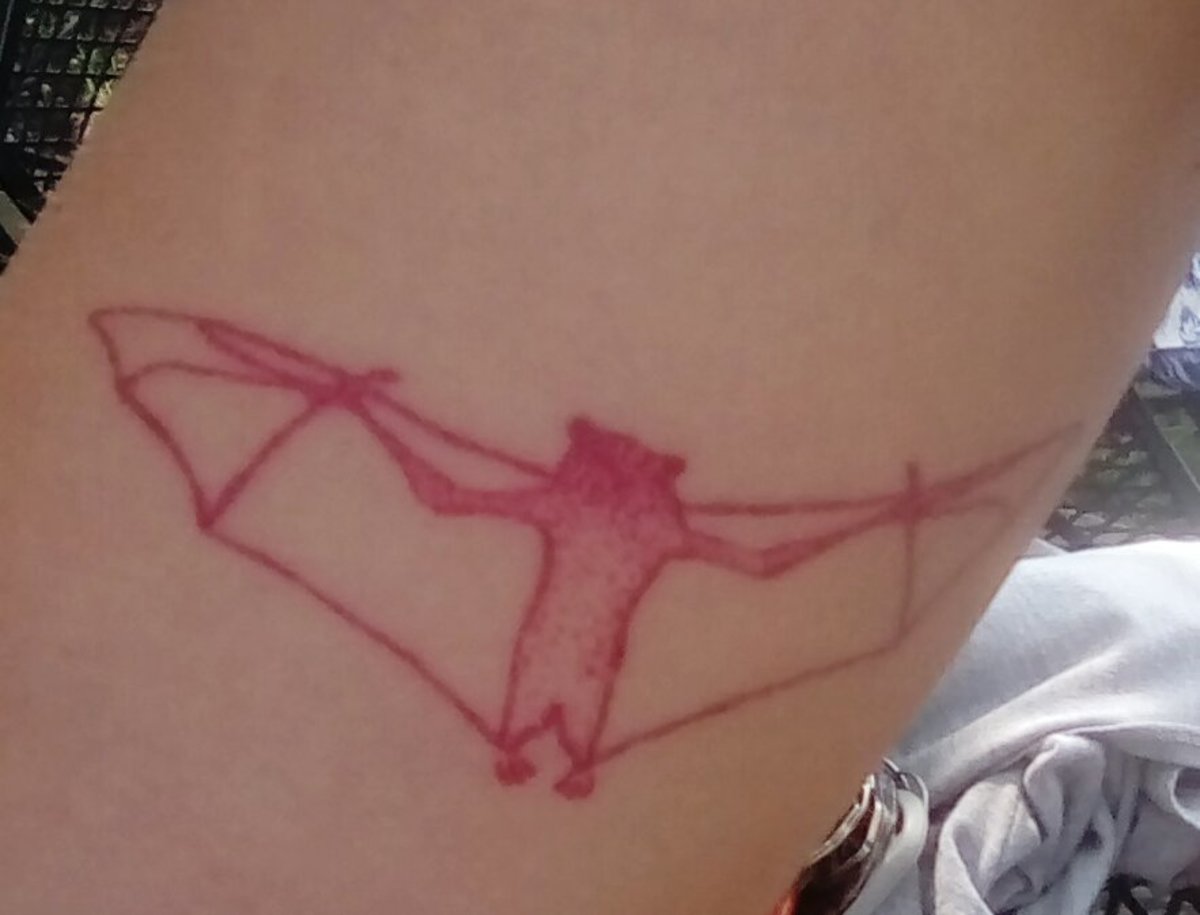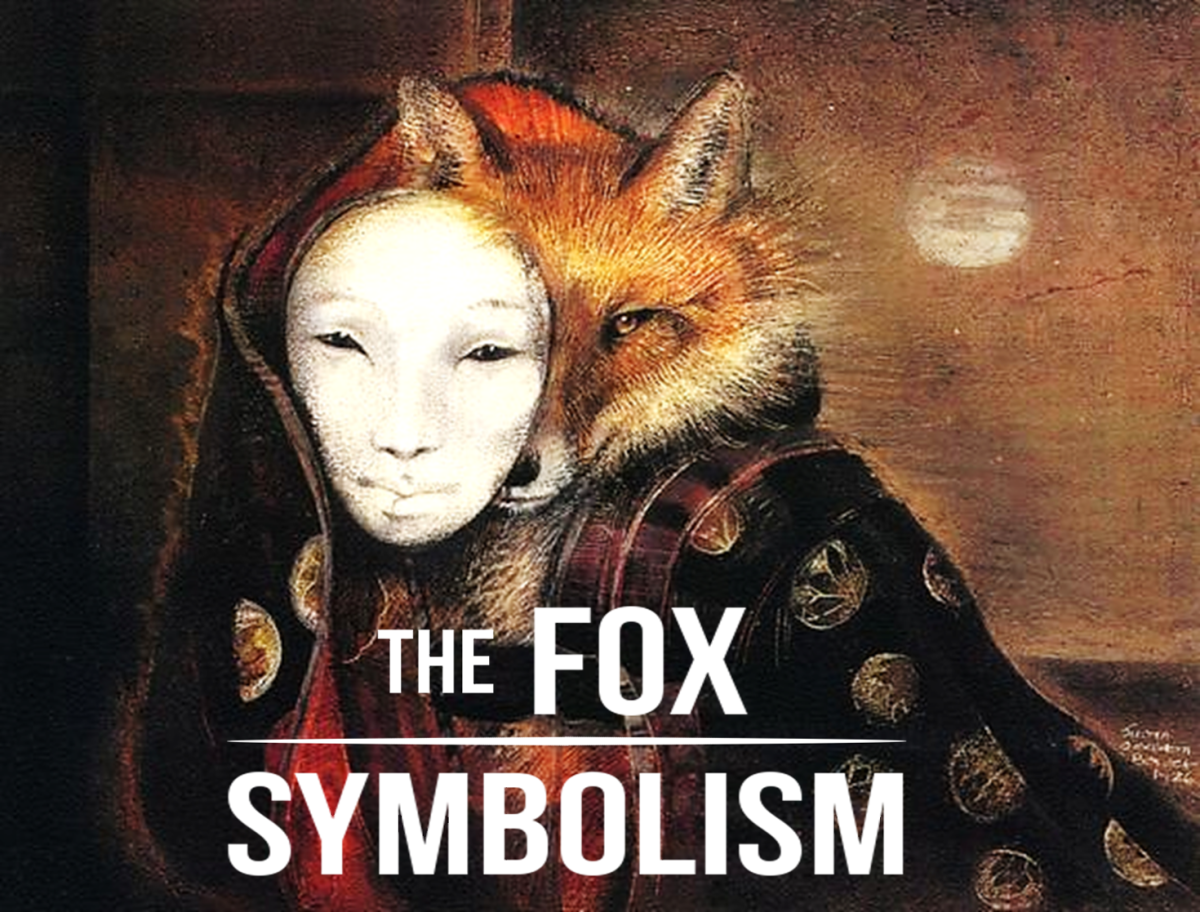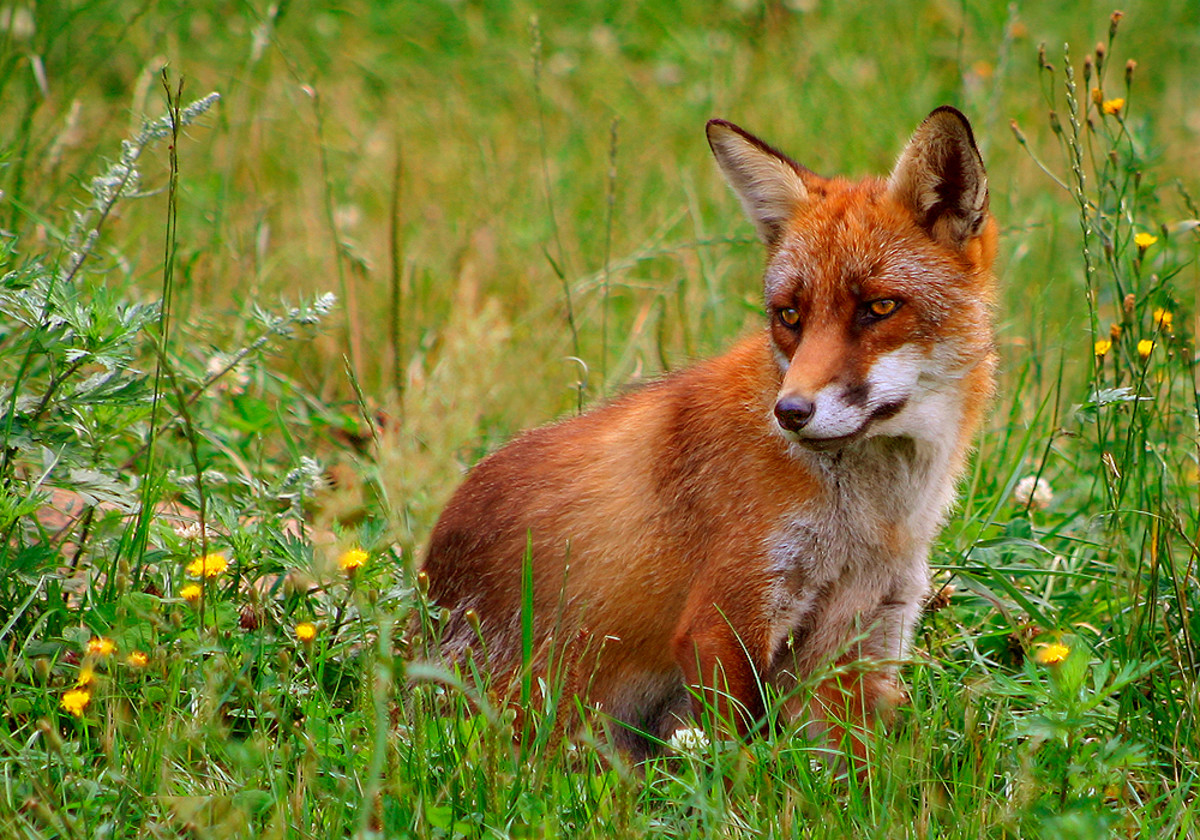Vampire Bat
Subfamily: Desmodontinae
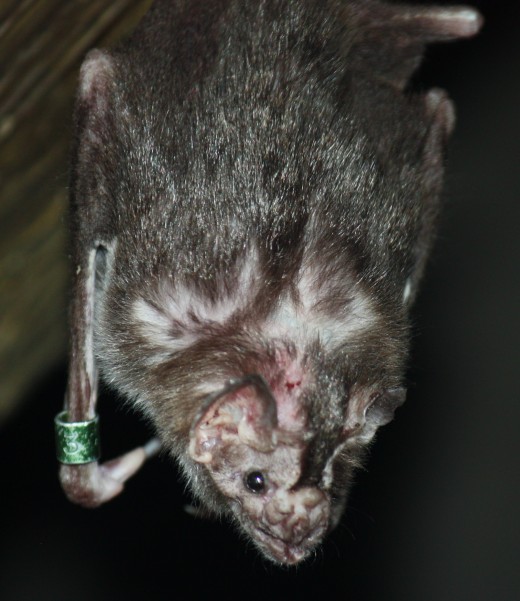
Description
When you think of bats, the various cultural stories and legends of vampires likely comes to mind. Only the Vampire Bat though is actually the one that is going to be drinking blood! You can tell this species of bat from others due to the look of the face. It has a cone shaped muzzle and a short tail. The ears are also very small.
These are powerful bats even though they don’t weigh any more than two ounces. They have a fierce look to their face though and they have very sharp looking teeth. They have a rugged look to them as well that makes them a type of creature many people are afraid of.
- Bat Facts and Information
Bat Information, Anatomy, Feeding, Communication, Reproduction, Predators, Echolocation and Bat Conservation. Facts about Fruit Bats, Indiana Bats, Golden-Crowned Flying Fox, Bublebee Bat, Vampire Bat, and more - Interesting Animal Facts - The Portal of Biodiversity
Interesting Animal Facts - The Portal of Animal Diversity. Visual index of animals. Dolphins, Whales, Penguins, Sharks, Tigers, Elephants, Flamingos, Otters, Killer Whales, Seals, Sea Lions, Sea Turtles, Polar Bears, Walruses, Squids, Manatees, Snail
Anatomy
You will notice that the teeth of the Vampire Bat are significantly different from other species. They need the sharp long side teeth to be able to get into the skin of their prey deep enough to draw blood. They have back teeth that are short and flat. One of reasons that the bat is so typically portrayed in movies as human forms with black cloaks has to do with their wings.
They can span out long enough to wrap the Vampire Bat up. This looks like a cloak wrapped around their bodies. This species of bat needs to stay warm and that is one of the ways in which it is able to do so. This is also one of the few species of bats that has the ability to run and to walk. They can be seen doing so while they patiently consume the blood of their prey.
The Vampire Bat relies heavily on its senses for movement, finding prey, and survival. They have good hearing, good vision, and keen smelling. They also use echolocation in order to find out the distance that they are from their prey.
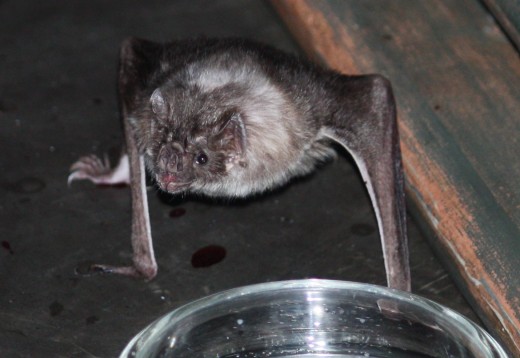
- Hummingbird Facts and Information
Information about Hummingbirds, Anatomy, Habitat Reproduction, Feeding and Predators. Facts about Anna's Hummingbird, Rufous Hummingbird, Stripe-Throated
Evolution
The fact that the Vampire Bat is the only one on a liquid diet of blood tells us that they branched off from other types of bats long ago. What exactly was the cause of those changes though is yet to be determined. There are some theories about their environment changing and food sources not being readily available. There aren’t too many fossil remains of the Vampire Bat that have been found to gather a timeline of evidence though.
Vampire Bat Video
Behavior
The social behavior of the Vampire Bats is said to be very impressive. They create bonds that last a lifetime within their colony. They look out for each other by caring for young, sharing food supplies, and keeping each other warm. They typically form very large colonies with the average size being about 1,000. They aren’t aggressive to other species of bats, and have even been known to share caves with them.
Sharing food isn’t found in any other species of bats. They will beg each other for food and typically get results. This sharing involves regurgitating blood and passing it to the mouth of the other party. This often looks like kissing but it isn’t so.
- Owl Facts
Anatomy, Feeding, Habitat, Evolution, Predators and Reproduction and all the information about owls. Facts about Great Horned Owls, Barn Owls, Snowy Owls,
Habitat and Distribution
Areas throughout South America and Central America are home to the Vampire Bat. They prefer environments that have warm temperatures and high levels of humidity. However, they will live in any environment where they have a place to roost and plenty of food to consume. They mainly live in caves as well as other very dark dwellings.
Diet and Feeding Habits
Everyone knows that the Vampire Bat feeds on blood, but very few know how they do so. The common thought about it is that they suck the blood from their prey while they wither in agony. However, the process is more basic than that and the prey usually doesn’t even know it has taken place.
The Vampire Bat typically bites large prey that are sleeping, and they don’t move during the process. The bat puts a bite into the prey with its teeth and then licks it up with the tongue as it is bleeding. The fact that they have Draculin in the blood prevents it from clotting and so they can feed for about 30 minutes at a time.
The typical amount of food for a Vampire Bat to consume is an ounce per day. They try to feed daily and that is best for them. They can go two days without food but that is when they will become weak if they don’t feed. The fact that they share food within the colony helps them to get through patches of time when food supplies are hard to come by.
The use of echolocation allows the Vampire Bat to easily find sources of food in the dark. They send out sounds and then wait for the echoes to come back. That allows them to determine how much time has passed and thus the distance from them to their prey. This is a very accurate system that is very interesting to learn more about.
Vampire Bat Video
Reproduction
Smaller groups within the overall colony of Vampire Bats are scattered around it. These groups have only one male and there can be as many as 25 females in each one. The male will mate with those females in his group. He will do what he can to encourage each of them to mate, including sharing blood he has collected during hunting efforts.
The females will give birth to only one offspring in the spring time. They are very small and attach to the mid section of the mother. She will carry them like this as she goes out to look for food. They will feed from milk that her body produces for them.
When they get too big for that, around two months old, she leaves them in the roost when she hunts. They will be ready to hunt on their own when they are about three months old. They will stay in the same colony, but move to another sub group within it. The average lifespan for this species of bat in the wild is 9 years.
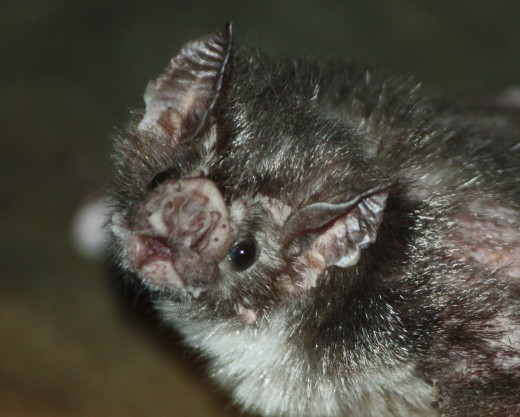
Predators
Predators aren’t too big of a problem for the Vampire Bat. They do have some issues with large birds including the eagle and the hawk though. The hawks will often wait by the entrance of caves and have the element of surprise on their side. They will fly right into a group of these bats that are leaving to go do their own hunting.
The biggest predator of the Vampire Bat though are humans. Many people are afraid of these creatures. Once they know they are around the area they will take action to kill them. The use of poison, chemicals, and even traps are used to get them to stop coming around.
Ranchers can end up having huge problems with the Vampire Bat. After all, they are raising a variety of animals that these bats can use for food. The ranchers don’t want their animals exposed to dangerous health concerns that bats can carry including rabies.
The Vampire Bat though is doing well in the wild, and there aren’t any real conservation efforts in place. The numbers of them seem to be holding steady. The fact that they are high adaptable to new environments makes transitioning something that the Vampire Bat is able to do with ease.

